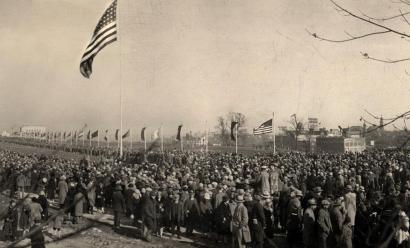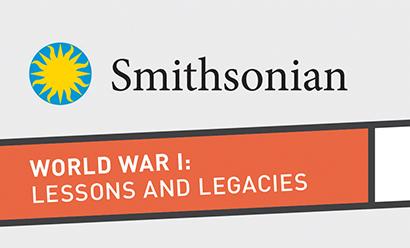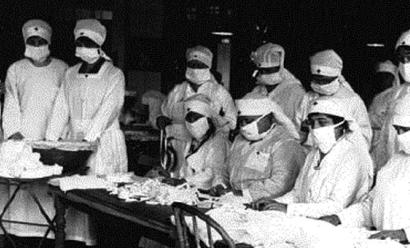


Article by Nancy Bristow
Pandemic Then and Now: Lessons from the 1918 Influenza

Video and Discussion Questions
The Influenza Epidemic: Educator Resource

Centennial Commemoration: April 6, 2017
In Sacrifice for Liberty and Peace
In partnership with the U.S. World War One Centennial Commission

World War I: Lessons And Legacies
Smithsonian Poster Exhibition
Smithsonian Institution Traveling Exhibition Service

Article and Primary Sources
18 Minutes That Shocked the World: The Sinking of the Lusitania
Imperial War Museums


Video Lecture
1917 and the French Mutinies - André Loez




Primary Source Audio Interviews
9 Women Reveal The Dangers Of Working In A First World War Munitions Factory
Imperial War Museums

Academic Paper by Jennifer Keene
A Comparative Study of White and Black American Soldiers during the First World War
Jennifer Keene


Pagination
- First page
- Previous page
- …
- 3
- 4
- 5
- 6
- 7
- …
- Next page
- Last page
